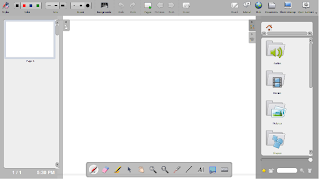“The world economy no longer pays for what people know but for what they can do with what they know.”
– Andreas Schleicher, OECD deputy director for education
[ted id=66]
Sir Ken Robinson makes an entertaining and profoundly moving case for creating an education system that nurtures (rather than undermines) creativity.
http://thelearningcurve.pearson.com/2014-report-summary/
East Asian nations continue to outperform others. South Korea tops the rankings, followed by Japan (2nd), Singapore (3rd) and Hong Kong (4th). All these countries’ education systems prize effort above inherited ‘smartness’, have clear learning outcomes and goalposts, and have a strong culture of accountability and engagement among a broad community of stakeholders.
Scandinavian countries, traditionally strong performers, are showing signs of losing their edge. Finland, the 2012 Index leader, has fallen to 5th place; and Sweden is down from 21st to 24th.
Notable improvers include Israel (up 12 places to 17th), Russia (up 7 places to 13th) and Poland (up four places to 10th).
Developing countries populate the lower half of the Index, with Indonesia again ranking last of the 40 nations covered, preceded by Mexico (39th) and Brazil (38th).
South Korea demonstrates the interplay between adult skills and the demands of employers. In South Korea young people score above average for numeracy and problem-solving skills, but are below average over the age of 30. According to Randall S Jones of the OECD, this skills decline is explained by many graduates “training for white-collar jobs that don’t exist”. This leads to a higher than average proportion failing to secure employment, and a quicker diminishing of their skills.
Developing countries must teach basic skills more effectively before they start to consider the wider skills agenda. There is little point in investing in pedagogies and technologies to foster 21st century skills, when the basics of numeracy and literacy aren’t in place.
Technology can provide new pathways into adult education, particularly in the developing world, but is no panacea. There is little evidence that technology alone helps individuals actually develop new skills.
Lifelong learning, even simple reading at home and number crunching at work, helps to slow the rate of age-related skill decline; but mainly for those who are highly skilled already. Teaching adults does very little to make up for a poor school system.
Making sure people are taught the right skills early in their childhood is much more effective than trying to improve skills in adulthood for people who were let down by their school system. But even when primary education is of a high quality, skills decline in adulthood if they are not used regularly.
In recent years it has become increasingly clear that basic reading, writing and arithmetic are not enough.
The importance of 21st century non-cognitive skills – broadly defined as abilities important for social interaction – is pronounced.
The OECD estimates that half of the economic growth in developed countries in the last decade came from improved skills.

